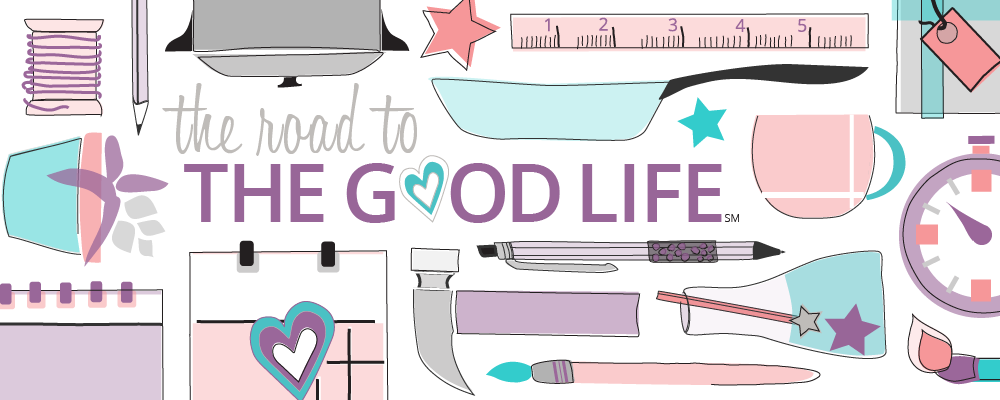On being one's own harshest critic ...
I tend to label myself as a recovering perfectionist. I think I'm mislabeling myself. I got a new camera last week - on Wednesday to be exact. I tried out the camera with it's IS USM lens on a relatively stationary subject - my cat Sprite. I had some issues with the AutoFocus but that was quickly resolved.
My next test situation was Friday - low light, moving subjects. On Friday I shot 204 photos. The first dozen or so, I was trying to get the Aperture, ISO, and White Balance settings tuned. I hadn't fully read the manual so one key feature that I really needed but didn't discover until today was the illumination for the controls. I was literally shooting in the dark for the first dozen photos and accidentally set the White Balance to Shade rather than Tungsten (big difference!). I was becoming very frustrated that the shots weren't as good as those I'd taken with the Kodak DC4800. Luckily I was able to take test shots of the first band and then retreat the back of the stage where there was lighting to reset the controls. The other amateur mistake that I made was forgetting my camera is not Full Chip, which means a 70mm lens is more like a 100mm lens. In a live venue, capturing the band with the crowd is key to capturing the energy of the event. Now... I made the other classic mistake. I didn't bring a back up camera - my trusty Kodak DC4800 so I missed the crowd shots. Now on the bright side, when I finally got the settings right, I got this HUGE grin as the images were almost exactly what I'd imagined they'd be. Some of the images were even *better* than I'd imagined.
I realized that I was not a "recovering" perfectionist when I was reviewing my photos, selecting those that had good composition as well as good focus and lighting. Of the 204 photos I took, about 102 were ones that I thought were okay or great - about 20 of them were candidates for contrast adjustment as they were a little dark. Now I tossed photos where a singer's hand was in front of the guitarist or where I had an elbow of a singer at the edge of a shot with the guitarist and other singer. I looked at the professional photographer's photos of the same band but at a different venue and realized the photos with a singer's hand or elbow were left in if the rest of the photo was great. Maybe I should be a little less hard on myself and focus on the positives. Positives: 1) remembering enough of my Canon AE-1 film technique to be able to set the aperture and ISO settings to capture the images I wanted, 2) not having to use Full Auto mode or Auto White Balance mode, and 3) getting some pretty amazing images after studying the camera manual and playing with settings for all of 2 hours.
My next test situation was Friday - low light, moving subjects. On Friday I shot 204 photos. The first dozen or so, I was trying to get the Aperture, ISO, and White Balance settings tuned. I hadn't fully read the manual so one key feature that I really needed but didn't discover until today was the illumination for the controls. I was literally shooting in the dark for the first dozen photos and accidentally set the White Balance to Shade rather than Tungsten (big difference!). I was becoming very frustrated that the shots weren't as good as those I'd taken with the Kodak DC4800. Luckily I was able to take test shots of the first band and then retreat the back of the stage where there was lighting to reset the controls. The other amateur mistake that I made was forgetting my camera is not Full Chip, which means a 70mm lens is more like a 100mm lens. In a live venue, capturing the band with the crowd is key to capturing the energy of the event. Now... I made the other classic mistake. I didn't bring a back up camera - my trusty Kodak DC4800 so I missed the crowd shots. Now on the bright side, when I finally got the settings right, I got this HUGE grin as the images were almost exactly what I'd imagined they'd be. Some of the images were even *better* than I'd imagined.
I realized that I was not a "recovering" perfectionist when I was reviewing my photos, selecting those that had good composition as well as good focus and lighting. Of the 204 photos I took, about 102 were ones that I thought were okay or great - about 20 of them were candidates for contrast adjustment as they were a little dark. Now I tossed photos where a singer's hand was in front of the guitarist or where I had an elbow of a singer at the edge of a shot with the guitarist and other singer. I looked at the professional photographer's photos of the same band but at a different venue and realized the photos with a singer's hand or elbow were left in if the rest of the photo was great. Maybe I should be a little less hard on myself and focus on the positives. Positives: 1) remembering enough of my Canon AE-1 film technique to be able to set the aperture and ISO settings to capture the images I wanted, 2) not having to use Full Auto mode or Auto White Balance mode, and 3) getting some pretty amazing images after studying the camera manual and playing with settings for all of 2 hours.
